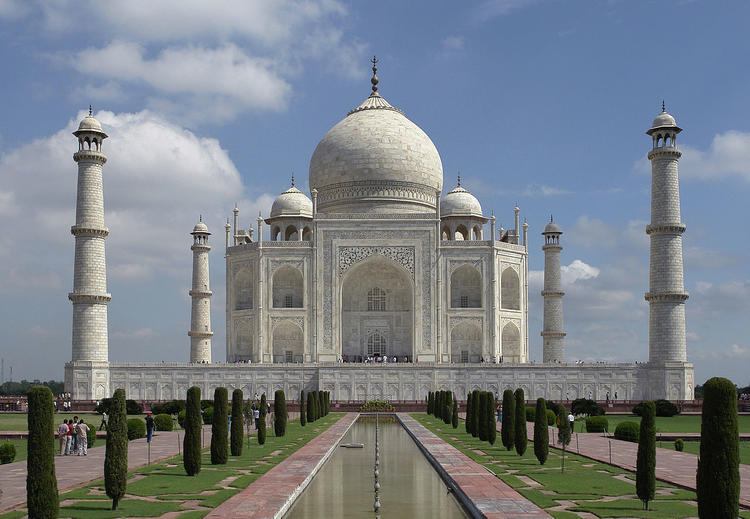
Municipal solid waste and dung cake burning: discoloring the Taj Mahal and human health impacts in Agra
Type
The Taj Mahal—an iconic World Heritage monument built of white marble—has become discolored with time, due, in part, to high levels of particulate matter (PM) soiling its surface (Bergin et al 2015 Environ. Sci. Technol. 49 808–812). Such discoloration has required extensive and costly treatment (2015 Two Hundred Sixty Second Report on Effects of Pollution on Taj Parliament of India Rajya Sabha, New Delhi) and despite previous interventions to reduce pollution in its vicinity, the haze and darkening persists (Bergin et al 2015 Environ. Sci. Technol. 49 808–812; 2015 Two Hundred Sixty Second Report on Effects of Pollution on Taj Parliament of India Rajya Sabha, New Delhi). PM responsible for the soiling has been attributed to a variety of sources including industrial emissions, vehicular exhaust and biomass burning, but the contribution of the emissions from the burning of open municipal solid waste (MSW) may also play an important role. A recent source apportionment study of fine particulate matter (PM2.5) at the Taj Mahal showed biomass burning emissions, which would include MSW emissions, accounted for nearly 40% of organic matter (OM)—a component of PM—deposition to its surface (Bergin et al 2015 Environ. Sci. Technol. 49 808–812); dung cake burning, used extensively for cooking in the region, was the suggested culprit and banned within the city limits (2015 Two Hundred Sixty Second Report on Effects of Pollution on Taj Parliament of India Rajya Sabha, New Delhi), although the burning of MSW, a ubiquitous practice in the area (Nagpure et al 2015 Environ. Sci. Technol. 49 12904–12), may play a more important role in local air quality. Using spatially detailed emission estimates and air quality modeling, we find that open MSW burning leads to about 150 (±130) mg m−2 yr−1 of PM2.5 being deposited to the surface of the Taj Mahal compared to about 12 (±3.2) mg m−2 yr−1 from dung cake burning. Those two sources, combined, also lead to an estimated 713 (377–1050) premature mortalities in Agra each year, dominated by waste burning in socioeconomically lower status neighborhoods. An effective MSW management strategy would reduce soiling of the Taj Mahal, improve human health, and have additional aesthetic benefits.

